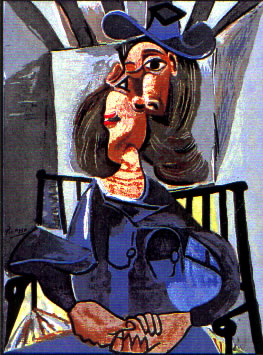
MY VERY EYES!
While listening to NPR the other day, I heard an interview with an author/journalist. I don't recall his name. What I do recall was that, in his description of something he had experienced somewhere in the world, he used the expression, "with my very eyes..." He said something like "... and right before my very eyes..." He didn't just say it once; he said it several times in various ways such as, "I saw it with my very eyes." I can vouch for this because I heard it with my very ears on my very radio in my very car.
I understand that "very" is an adjective as well as an adverb. As such it can be used to emphasize identity, as in "before my very eyes." But that doesn't mean that it makes sense to say it that way. He could not have seen it with someone else's eyes, so why not just say, "I saw it?" Even to say he saw it with his "own eyes" seems unnecessary. No wonder the English language is so difficult for non-native speakers to learn. Try explaining to non-English speaking Chinese the difference between "I saw it," "I saw it with my own eyes," and "I saw it with my very own eyes." I believe your explanation would ultimately be that they all mean the same thing.
There is a remote Amazonian tribe known as the Pirahã, whose language has only three vowels and seven consonants, and hearing it has been described as "a profusion of exotic songbirds, a melodic chattering scarcely discernible ... as human speech." (John Colapinto, The Interpreter, The New Yorker, 4/16/07). According to Colapinto, the Pirahã language has no terms of quantification. They have no numbers, no fixed color terms, no perfect tense, no deep memory, no tradition of art or drawing, and no words for "all," each," "every," "most," for few." They have achieved the ultimate in language simplicity, and I am envious.
I don't profess to be extremely knowledgeable about the English language, so throwing around terms like "perfect tense" sends me to the dictionary – which it did this time. I discovered that there are so many tenses that I became tense just reading them. There is present perfect, past perfect, future perfect, present perfect progressive, past perfect progressive, future perfect progressive, conditional perfect, should-perfect, and probably a few more that I overlooked. Why they all contain the word "perfect" makes no sense to me whatsoever. There is nothing perfect about any of them.
The purpose of most languages is to communicate, not to obfuscate, but the only language that I know seems to have more variations than a Picasso – which may be good for art, but it's not helpful for communicating. And in case you were wondering, the above art work is Picasso's "Woman in Chair." Its title is necessary because art doesn't always communicate the same thing to everyone. Unfortunately, neither does the English language.